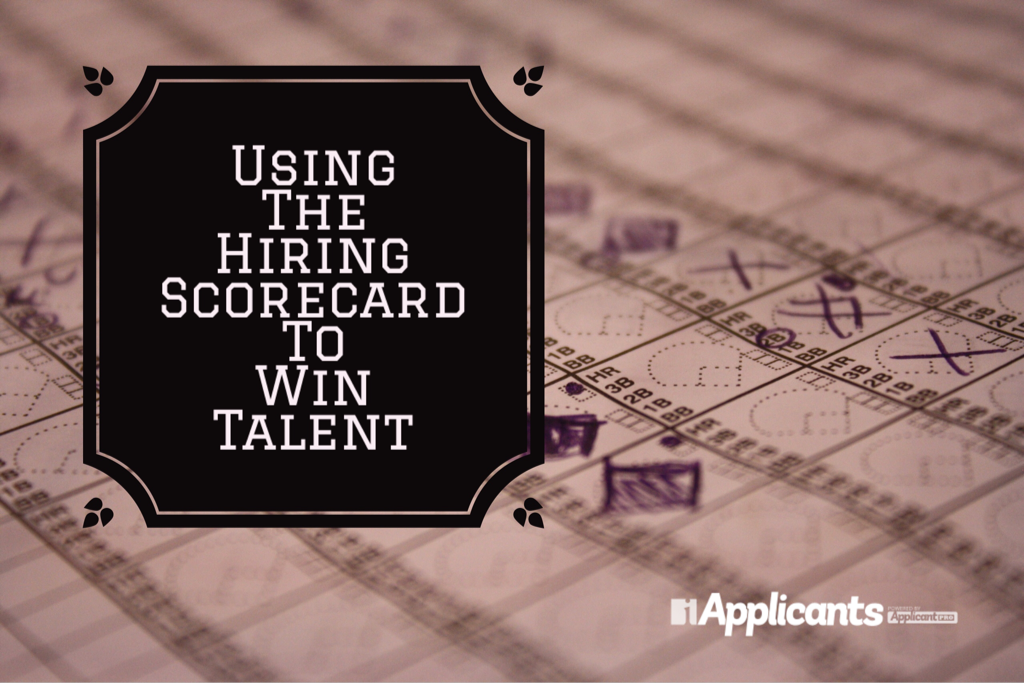by Kurtis Blackburn | Applicant Tracking System, Hiring, Job Board, Strategic HR

A job board is essentially the more modern version of the newspaper classifieds. Except, navigating the classifieds section was a little easier because the basic recipe for success was a simple job description and coughing up the cash for advertising space. While it’s true there are a few more steps involved with optimizing a job board, the tips outlined in this post should provide some basic framework. The rest of the optimization process is up to you as the HR professional. A job board is essentially the more modern version of the newspaper classifieds. What is a job board? In its simplest form, a job board is an online “board” that hosts a variety of job ads. A job board is slightly different than a job aggregator which essentially “scrapes” job descriptions off the web. On a job board, employers are usually the ones to supply the job ad directly. What is job board optimization? Now that we’ve narrowed down what it is, let’s dig a little deeper into what we mean with the phrase “job board optimization.” Optimization essentially means to make something as perfect or as refined/efficient as possible, so this is our end goal with job board optimization. We want the job board to function as effectively as possible so we can maximize our job ad exposure and gain quality applicant traffic. What are the steps involved with job board optimization? The optimization process is simple if we break the process down into steps. I’ve outlined the three basic phases of the optimization process below. You want the ad to be found on your job board. The first step your optimization strategy is to produce an ad that’s. . .
by Kurtis Blackburn | Applicant Tracking System, Hiring, Hiring Software, Mobile Recruiting

Mark my words, mobile recruiting is the only future. Actually, because 86 percent of applicants start their job search on a mobile device, that future forecast for mobile recruiting is more likely our predictable present. So what does all this mobile recruiting talk have to do with HR? A lot more than you think… The employment landscape has evolved over the years and mobile recruiting is one of the latest offshoots of our society’s dependence on technology. If you were to analyze recruiting strategies ten or so years ago, the employers dominated and dictated where job openings were advertised and available (newspaper classifieds, wanted signs, etc). Nowadays however, it’s applicant traffic trends that determine where employers go to post their jobs. If you are looking to attract a high quantity of top talent, then you need to adapt your hiring process around the needs of job seekers – enter mobile recruiting. When you say mobile recruiting, what devices are you referring to? Let’s start with the basics. Mobile recruiting involves applicants looking for and applying for open positions on a mobile device. A mobile device ranges anywhere from a smartphone to a tablet. So how many people can you actually target with mobile recruiting? Well, let’s put it this way, there are more smartphones on this planet than there are people, so the chances of someone using this type of device to search for jobs is pretty much guaranteed. There are more smartphones on this planet than there are people. Why mobile recruiting? The answer to why mobile recruiting surpasses traditional job searching methods is simple – because it’s mobile. Pretty much everything you could ever want to learn about the world now. . .
by Kurtis Blackburn | Applicant Tracking System, Hiring, Hiring Software

Unless you’re new to the HR world, you likely know what an applicant tracking system is. But on the off chance you don’t, an applicant tracking system is an online tool that eases some of the strain you experience trying to fulfill the high stakes demands of recruiting and hiring top talent. Although the word has spread about using an applicant tracking system significantly over the years, I’ve found that there’s a lot of confusion surrounding what they do and why I think all employers should have them. In today’s post, I thought I’d share the top three misconceptions I’ve stumbled upon since I first started in HR ten years ago: Applicant Tracking System Myth #1 – Using an Applicant Tracking System is Too Expensive One of the common complaints I hear from potential clients is that they can’t afford to purchase an applicant tracking system. Obviously, this concern is a valid one. Typically, the type of individuals drawn to HR tend to be very risk averse and also make very safe decisions which is extremely beneficial when navigating the compliance waters. But when it comes to stepping outside of the compliance box to make more strategic business decisions, it’s beneficial to look outside one’s comfort zone. In business talk, wasted time equals wasted money. Most business executives are fixated on one thing: ROI. If you are currently hiring and attempting to manually perform every step of the process, you’re probably wasting time. In business talk, wasted time equals wasted money. The key to convincing your boss that you need an applicant tracking system in your arsenal is to break the ROI down into tangible numbers. Applicant Tracking System Myth. . .
by Kurtis Blackburn | Applicant Tracking System, Corporate Culture, Corrective Action, Employer Brand

Difficult employees. Chances are we all know one, or even work with one right now. Nothing can drive down productivity and morale like a difficult employee. However, you don’t need to let one abrasive employee ruin it for everyone else. With a little time and patience you can turn that negative Nancy into a productive Peter. Remember, a good conversation can, at the bottom line, help you decrease your turn over Go in with a clear head First and foremost, take a deep breath. Getting upset wont do anything for anyone, and can often make matters worse. So before you go into any sort of interaction with this employee, remind yourself that they do not decide how you’re feeling. Chances are they are already upset, so one of you needs to keep a clear head, otherwise no progress will be made. Remind yourself that you are here, as a representative of the company, and you should compose yourself as such. Screaming and yelling will only result in both of you feeling worse than before, and can often times get you both in trouble. Don’t let one employees negative attitude become contagious. Don’t let one employees negative attitude become contagious. 2. Listen to what they are saying Now that you have taken a deep, cleansing breath, and cleared your head, you are ready for (In my opinion) the most important part: Listening. Something is obviously frustrating this difficult employee, so do both of you a favor and listen. Really listen. You can’t get to the root of the problem until you really know what the problem is. One of my favorite videos on Youtube right now is “It’s not. . .
by Kurtis Blackburn | Applicant Tracking System, Corporate Culture, Hiring, Hiring Software, HR Scorecard, Onboarding

A mere three years ago, developing a hiring scorecard was all the rage in HR. So much so in fact, that you may be shaking your head reading the title of this post, but in reality, there’s a reason that developing a solid hiring scorecard was inescapable. Put simply, it’s the foundation for successful hiring. What I like about it (and what I think contributed to the phrase’s publicity) is that it was one of the first movements challenging HR to view hiring in a different light. Additionally, it forced HR to adopt employment methods that were driven by the strategy of the organization’s goals versus simply to “fill an empty seat” in the company. Jobs and the expectations we attach to them evolve over time. Another reason I think it’s time for a hiring scorecard resurrection is that jobs and the expectations we attach to them evolve over time because companies change over time as well. It’s not as if you can simply create a hiring scorecard for a position and then assume those expectations for that position will carry you for the next ten or even five years because that line of thinking is the same reason the hiring scorecard craze developed in the first place. Lastly, if you’ve struggled with any aspect of your hiring – whether it’s finding the right people, hiring the right people, or keeping the right people around, then the hiring scorecard forces you to reevaluate your process and provides a conduit for change. Now that we’ve spent some time easing you back into hiring scorecard territory, let’s discuss the three steps associated with how to build one. These are the key components. . .





